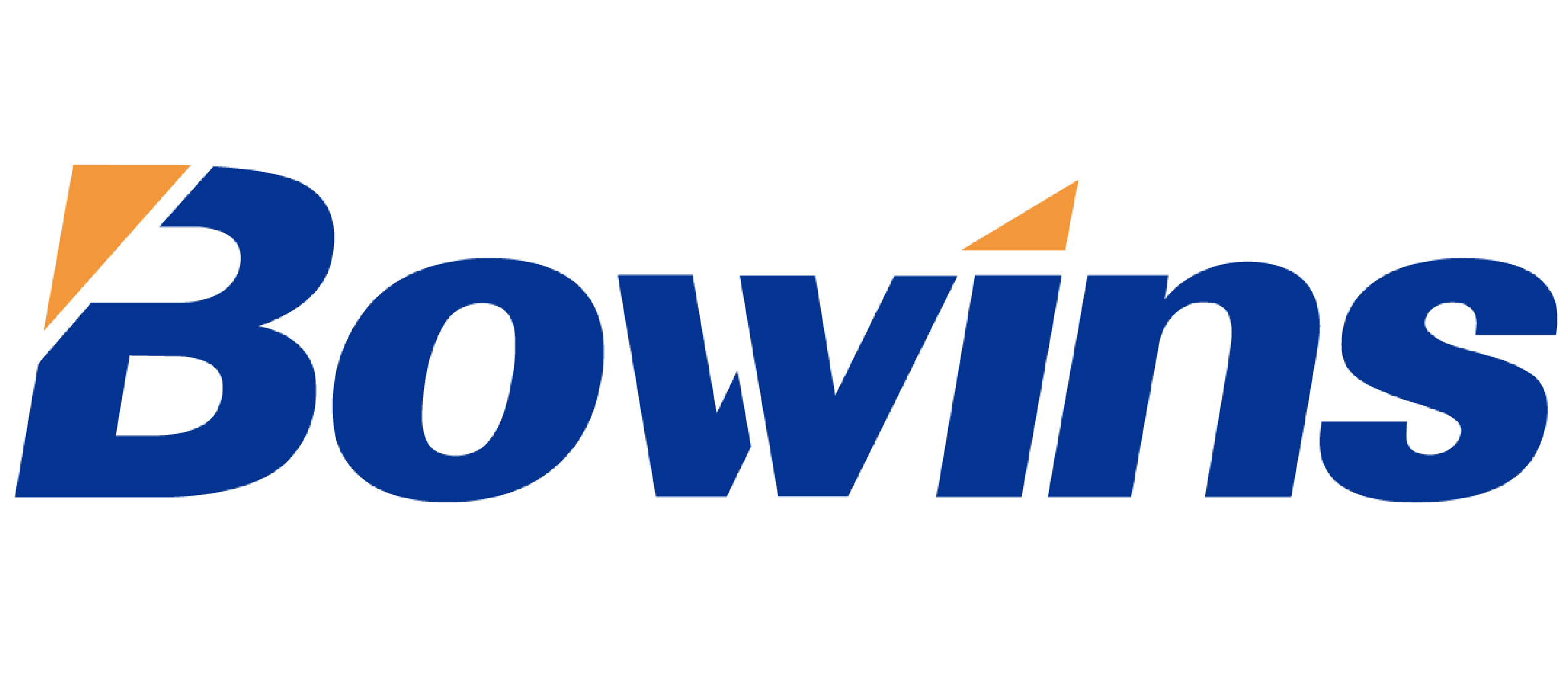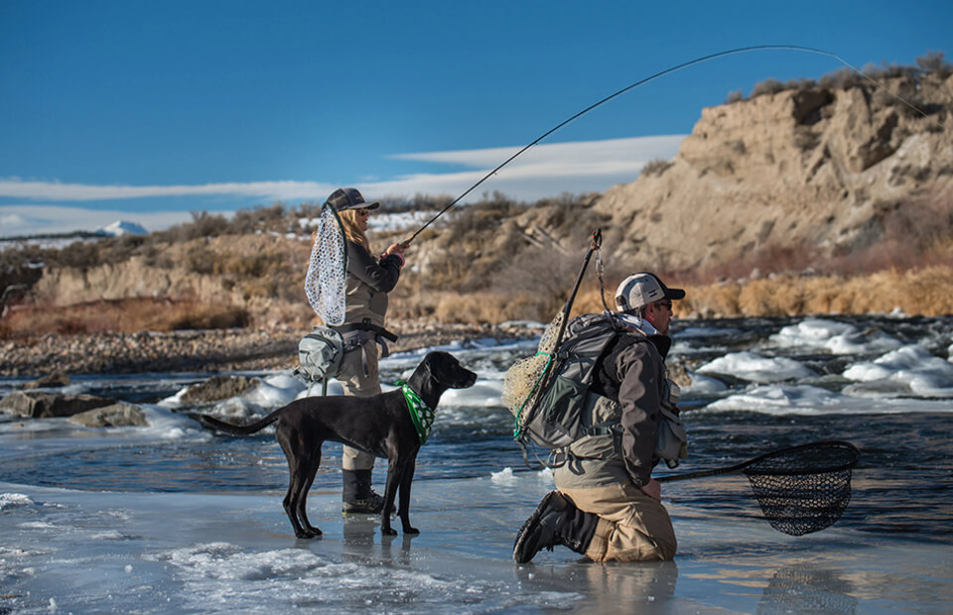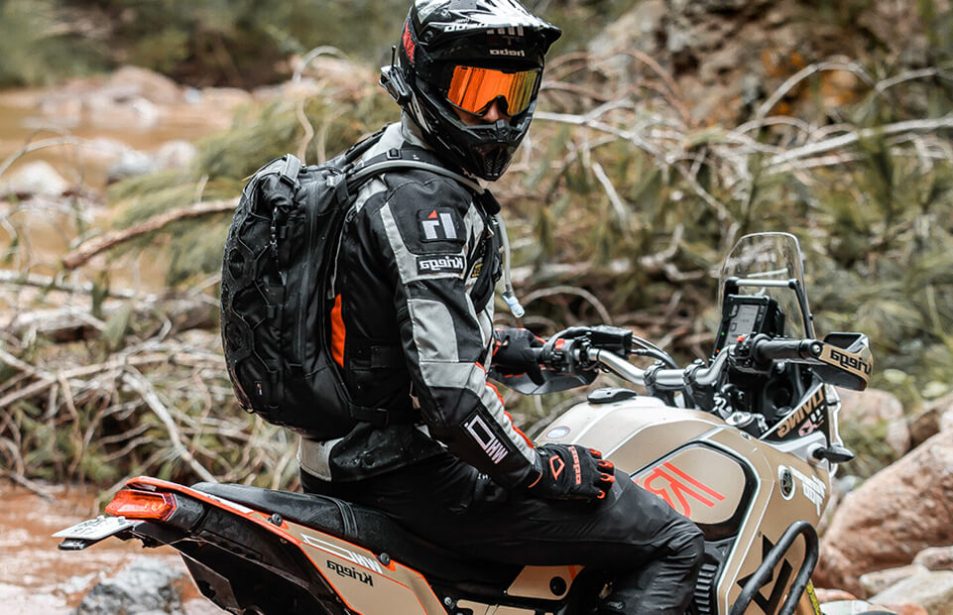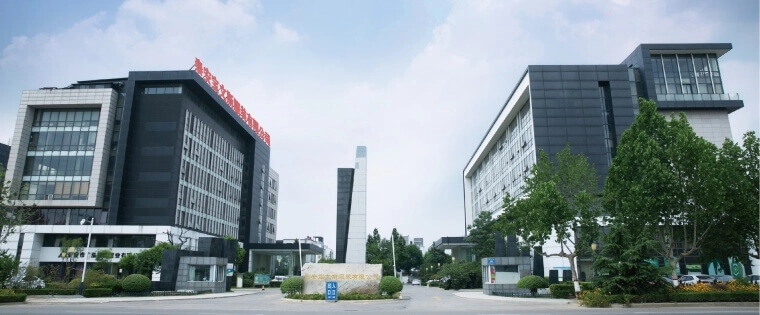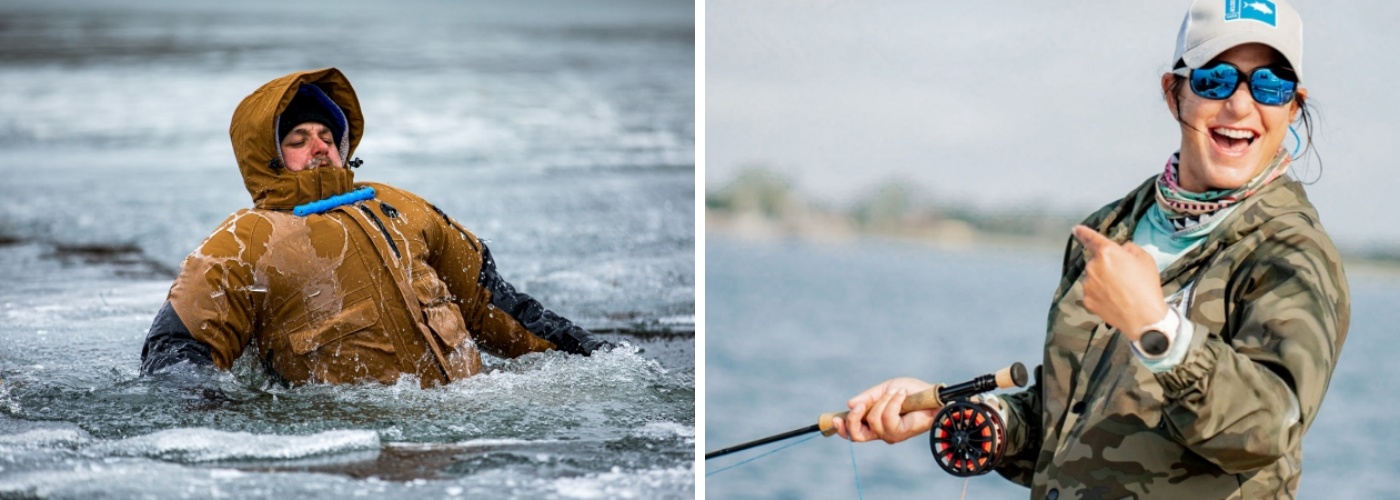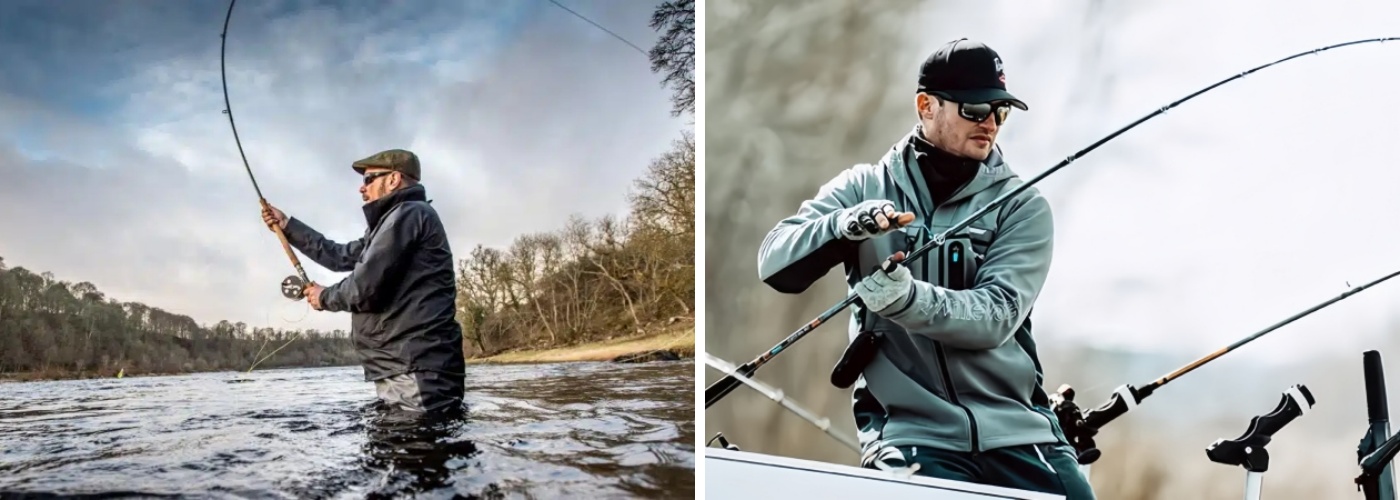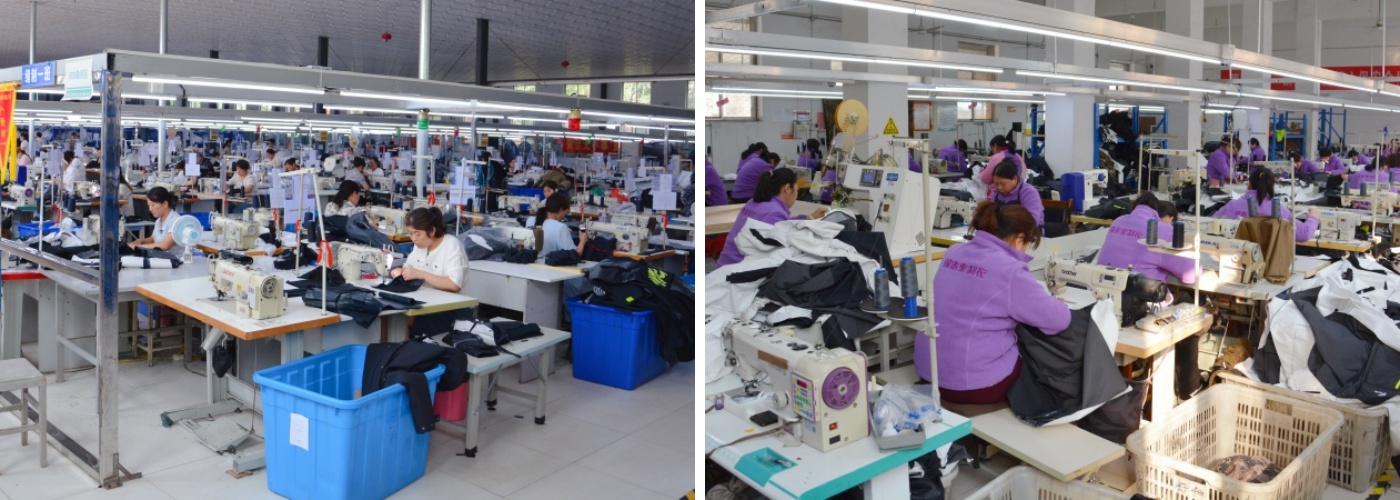2024 Global Fishing Clothing Market: Trends,Technologies and B2B Sourcing Guide
The global fishing clothing industry has witnessed steady growth driven by the rising popularity of recreational fishing and the professionalization of commercial fishing sectors. As extreme weather events become more frequent and fishing activities expand to harsher marine environments, the demand for high-performance fishing clothing among B2B buyers—including outdoor gear retailers, fishing charter companies, and commercial fishing enterprises—has surged significantly. This article delves into the industry landscape, market dynamics, technological advancements, and provides actionable insights for B2B procurement decisions.
Industry Background and Global Market Data
The fishing clothing market is categorized into two core segments: recreational fishing clothing and commercial fishing clothing. According to the latest report from Grand View Research, the global fishing apparel market size is projected to reach $2.8 billion by 2028, growing at a CAGR of 4.2% from 2023 to 2028. North America dominates the market with a 35% share, attributed to the high participation rate in recreational fishing and strict occupational safety standards for commercial fishers. Europe follows closely, driven by robust demand for sustainable and premium fishing clothing in countries like Norway and the UK. In the Asia-Pacific region, the market is experiencing the fastest growth, with a CAGR of 5.1%. This growth is fueled by the expansion of the commercial fishing industry in China, Japan, and South Korea, as well as the rising popularity of sport fishing among middle-class consumers. For B2B buyers, understanding these regional differences is crucial for optimizing product portfolios and targeting high-potential markets. For instance, commercial fishing clothing with superior waterproof and cold-resistant properties is in high demand in the North Atlantic region, while lightweight and UV-protective recreational fishing clothing is preferred in Southeast Asia.
Key Market Trends Shaping the Fishing Clothing Industry
1. Rising Demand for Sustainable and Eco-Friendly Materials
Sustainability has become a core concern for B2B buyers and end consumers alike. Brands are increasingly adopting recycled materials such as ocean plastic waste and organic cotton in manufacturing fishing clothing. For example, recycled polyester derived from plastic bottles is now widely used in making fishing jackets and pants, reducing environmental impact while maintaining durability. B2B buyers are prioritizing suppliers that hold certifications like GRS (Global Recycled Standard) and OEKO-TEX, as these credentials enhance product competitiveness in eco-conscious markets.
2. Integration of Smart Textile Technologies
The integration of smart technologies is revolutionizing the fishing clothing sector. High-end fishing clothing now incorporates features such as GPS tracking, body temperature regulation, and moisture sensors. These smart fishing clothing products cater to professional fishers operating in remote areas, providing real-time data and enhancing safety. A recent survey among B2B outdoor gear retailers found that smart fishing apparel has a 20% higher profit margin compared to traditional products, making it a lucrative segment for procurement.
3. Customization for Niche Market Segments
B2B buyers are increasingly seeking customized fishing clothing to meet the specific needs of niche markets. For commercial fishing fleets, this means clothing tailored to withstand region-specific weather conditions, such as hurricane-resistant jackets for tropical waters or insulated overalls for Arctic fishing expeditions. For recreational fishing enthusiasts, customization options include brand logos, color schemes, and specialized pockets for fishing tools. Suppliers offering flexible customization services are gaining a competitive edge in the B2B market.
Core Technologies in High-Performance Fishing Clothing
1. Waterproof and Breathable Membrane Technology
The key to high-quality fishing clothing lies in waterproof and breathable performance. Leading manufacturers use advanced membrane technologies such as GORE-TEX and eVent. These membranes feature microscopic pores that are smaller than water droplets but larger than water vapor molecules, preventing water from penetrating while allowing sweat to escape. The manufacturing process involves laminating the membrane between outer fabric and lining, followed by sealed seams to ensure complete waterproofing. B2B buyers should verify the hydrostatic head rating (minimum 10,000mm for professional use) and moisture vapor transmission rate when evaluating products.
2. UV Protection and Thermal Regulation
UV protection is essential for fishing clothing, as fishers are exposed to intense sunlight for extended periods. High-performance fishing clothing uses fabrics treated with UV-inhibiting agents, achieving a UPF (Ultraviolet Protection Factor) rating of 50+, which blocks 98% of harmful UV rays. For thermal regulation, manufacturers integrate phase-change materials (PCMs) that absorb or release heat based on ambient temperature, maintaining a comfortable body temperature in both hot and cold environments. H3: 3. Abrasion and Tear Resistance Commercial fishing clothing must withstand frequent contact with fishing equipment and rough surfaces. Manufacturers use high-denier nylon or polyester fabrics with ripstop construction, which features reinforced threads in a grid pattern to prevent tears from spreading. Additionally, critical areas such as elbows and knees are reinforced with extra layers of fabric, enhancing product durability and extending service life—an important factor for B2B buyers focused on cost-effectiveness.
FAQ for B2B Fishing Clothing Buyers
Q1: What are the key certification standards for fishing clothing in international markets?
A: Key certifications include UPF 50+ for UV protection, ISO 20471 for high-visibility clothing, GRS for recycled materials, and OEKO-TEX Standard 100 for harmful substance testing. For commercial fishing clothing in the EU, compliance with REACH regulations is mandatory.
Q2: How to balance cost and quality when sourcing fishing clothing in bulk?
A: Prioritize suppliers with economies of scale and vertical integration (from fabric production to finished products). Conduct sample testing to verify performance metrics, and negotiate long-term contracts to secure competitive pricing. Avoid compromising on core features like waterproofing and durability, as low-quality products may lead to high return rates.
Q3: What is the typical lead time for customized fishing clothing orders?
A: Lead times vary by supplier and order volume. For standard customized orders (500-1000 units), the lead time is 4-6 weeks, including sample confirmation, production, and quality inspection. For large bulk orders or complex customizations (e.g., smart textile integration), lead times may extend to 8-12 weeks.
Q4: How to adapt product selections to regional climate differences?
A: For cold regions, focus on insulated fishing clothing with waterproof-breathable membranes and thermal liners. For tropical regions, prioritize lightweight, quick-drying, and UV-protective products. For coastal areas prone to rain and wind, select products with windproof features and sealed seams.
Action Call for B2B Buyers
As the global fishing clothing market evolves with technological innovations and shifting consumer demands, partnering with a reliable and innovative supplier is critical for B2B buyers to maintain competitiveness. Our company specializes in manufacturing high-performance fishing clothing with customizable solutions, adhering to international certification standards and sustainable production practices. We offer a comprehensive product portfolio covering commercial and recreational segments, supported by flexible MOQ policies and timely delivery. Contact our sales team today to request product samples, obtain a customized quotation, and explore how our fishing clothing solutions can help you capture market opportunities in 2024 and beyond.
